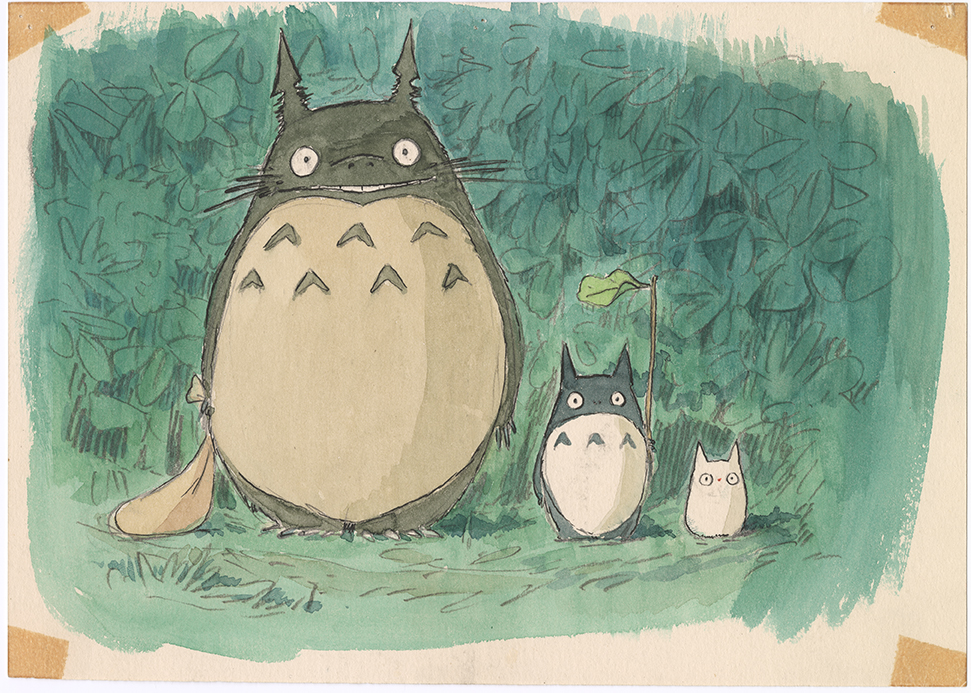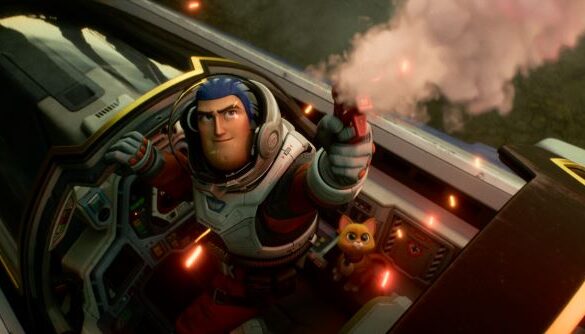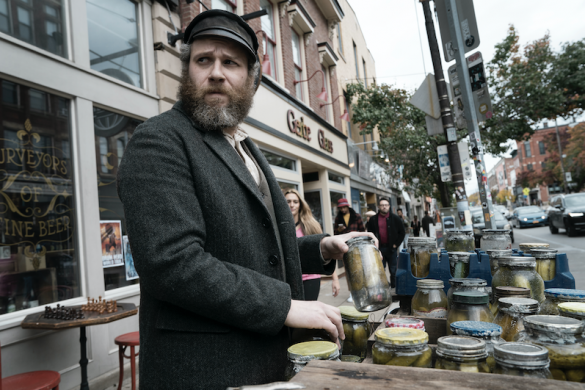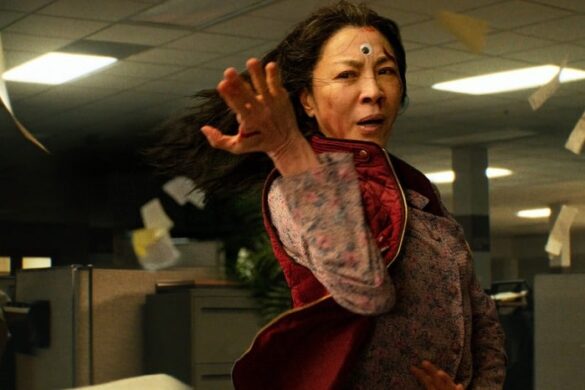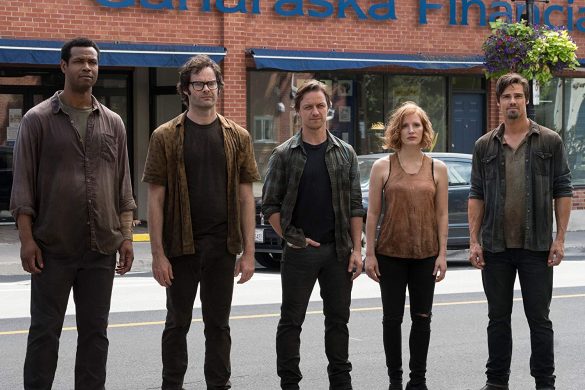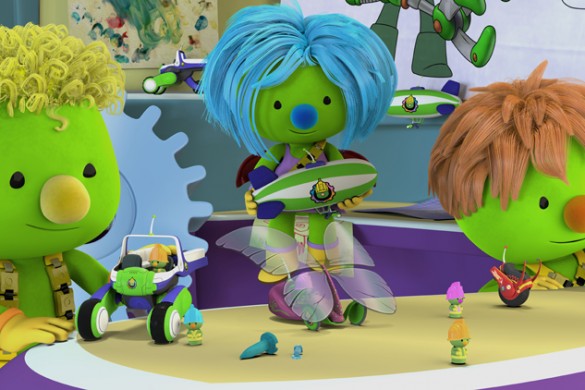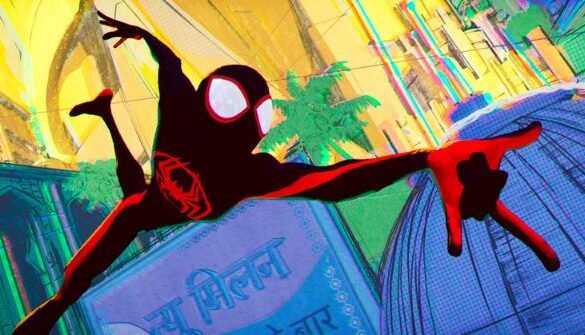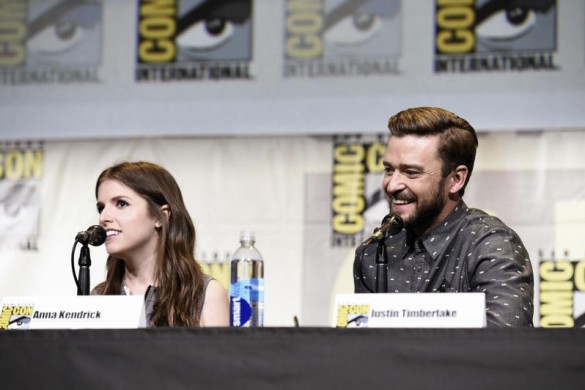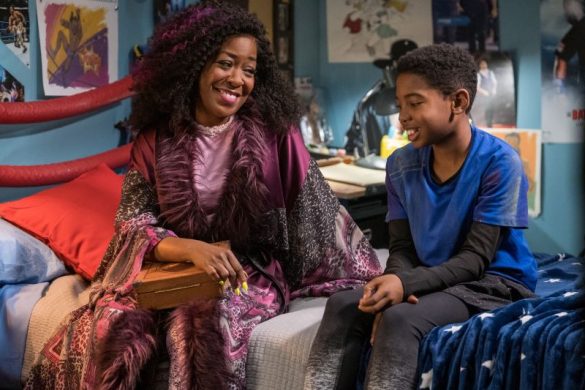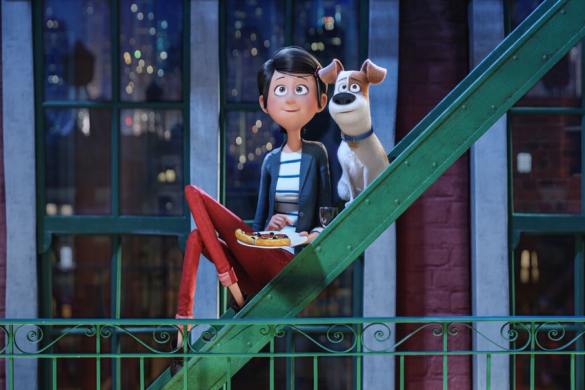After a series of delays, the opening of a special exhibit: Hayao Miyazaki, at the Academy Museum of Motion Pictures in Los Angeles, California will finally open on September 30, 2021.
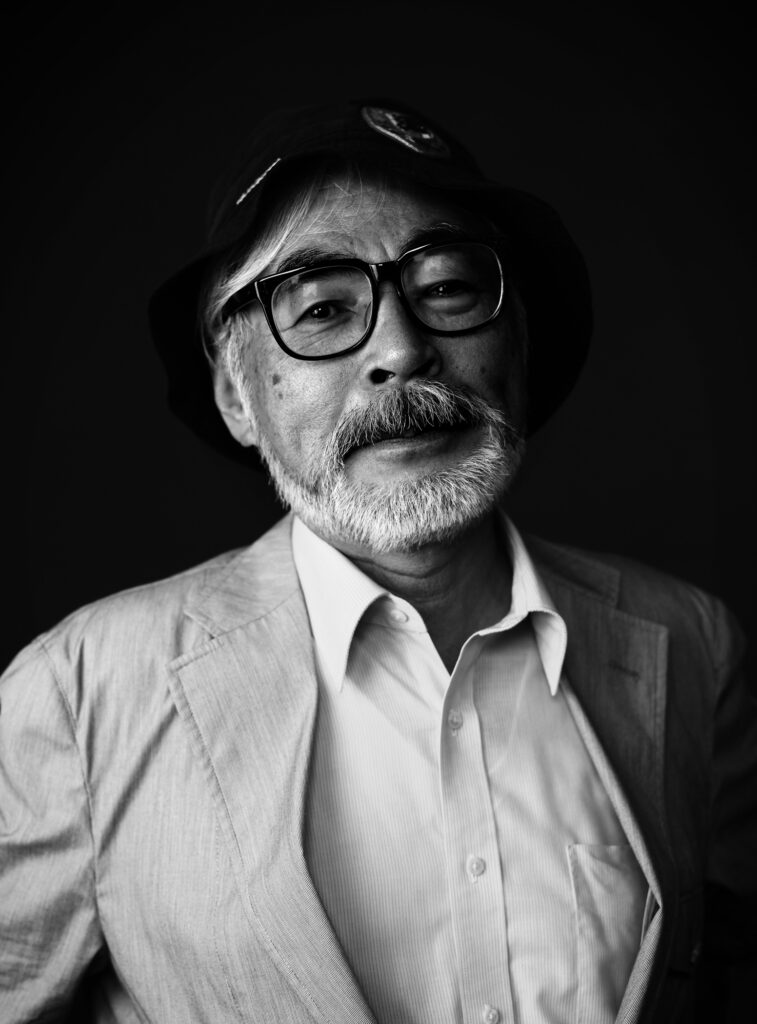
This temporary exhibit marks the first North American museum retrospective dedicated to the work of its namesake: the internationally celebrated artist and filmmaker Hayao Miyazaki.
Hayao Miyazaki features more than 300 objects, including original imageboards, character designs, storyboards, layouts, backgrounds, posters, and cels from Studio Ghibli’s archives—including pieces on public view outside of Japan for the first time.
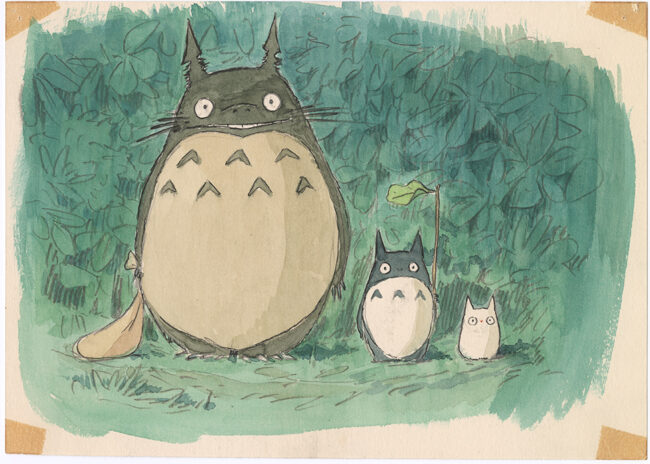
From the heart-warming My Neighbor Totoro (1988) to the mystical, Academy Award®-winning Spirited Away (2001) and beyond, the retrospective incorporates all of Miyazaki’s animated feature films into a series of immersive environments that offer a journey both educational and experiential.
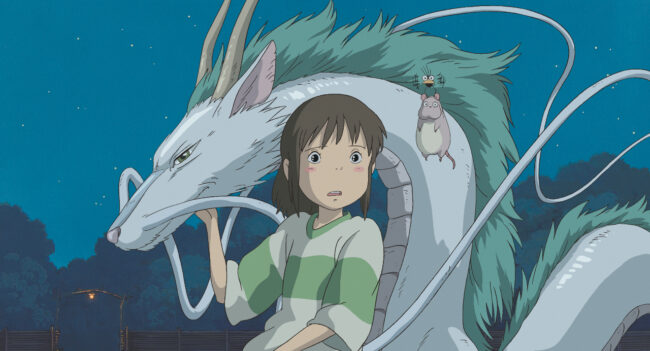
Thematically organized in seven sections, the exhibition is designed as a journey. To enter, visitors follow four-year-old Mei, a character from My Neighbor Totoro, into the Tree Tunnel gallery, a transitional space that leads into Miyazaki’s enchanted worlds. Emerging from the Tree Tunnel, visitors will find themselves in the Creating Characters gallery, which features a multi-screen installation of short clips of Miyazaki’s main protagonists. This section highlights how his characters are developed from concept to creation and features original character design drawings from My Neighbor Totoro, Kiki’s Delivery Service (1989) and Princess Mononoke (1997). Some of these artworks have never before been seen outside of Japan. In the following Making Of gallery, visitors will learn more about Miyazaki’s long-term collaboration with the late Isao Takahata, with whom he founded Studio Ghibli. Visitors will view Miyazaki’s early works as an animator, including the groundbreaking TV series Heidi, Girl of the Alps, and his first feature film, Lupin the 3rd: The Castle of Cagliostro (1979). A special tribute to Nausicaä of the Valley of the Wind (1984) emphasizes the importance of this beloved film for Miyazaki’s career and the founding of Studio Ghibli.
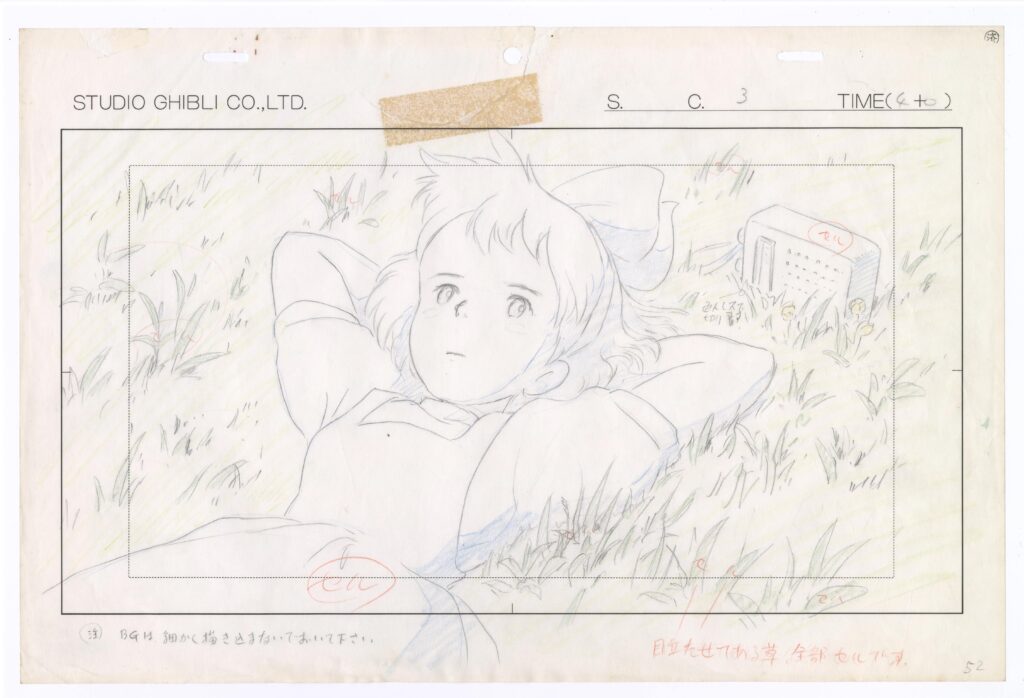
From there, visitors move into the Creating Worlds gallery, a space that evokes Miyazaki’s fantastical worlds. The gallery will capture the contrast between beautiful, natural, and peaceful environments and the industrial settings dominated by labor and technology that are also often featured in Miyazaki’s movies. Visitors can view concept sketches and backgrounds that offer insight into Miyazaki’s imagination, including an original imageboard from his first Ghibli film Castle in the Sky (1986) and artworks from subsequent Ghibli features. Other areas explore Miyazaki’s fascination with complex vertical structures, such as the famous bathhouse in Spirited Away, and the underwater world of Ponyo (2008), as well as Miyazaki’s interest in flying, as seen in Porco Rosso (1992) and The Wind Rises (2013). As a highlight of the exhibition, visitors can enjoy a moment of quiet contemplation in the Sky View installation, addressing another frequent motif in Miyazaki’s films: the desire to slow down, reflect, and dream.
Next, the Transformations gallery affords visitors the opportunity to explore the astonishing metamorphoses often experienced by both characters and settings in Miyazaki’s films. In Howl’s Moving Castle (2004), for example, the protagonists go through physical transformations that reflect their emotional states, while in other films, such as Nausicaä of the Valley of the Wind, Miyazaki creates mysterious and imaginative ways to visualize the changes that humans impose on the natural world.
Visitors then enter the exhibition’s final gallery Magical Forest through its Mother Tree installation. Standing at the threshold between dream and reality, colossal, mystical trees in many of Miyazaki’s films represent a connection or gateway to another world. After passing through the installation, visitors encounter the spirits of the forest, such as the playful Kodama from Princess Mononoke, through an array of storyboards and mixed media. Visitors exit through another transitional corridor, which guides them from the imaginative worlds of Hayao Miyazaki back into the museum.
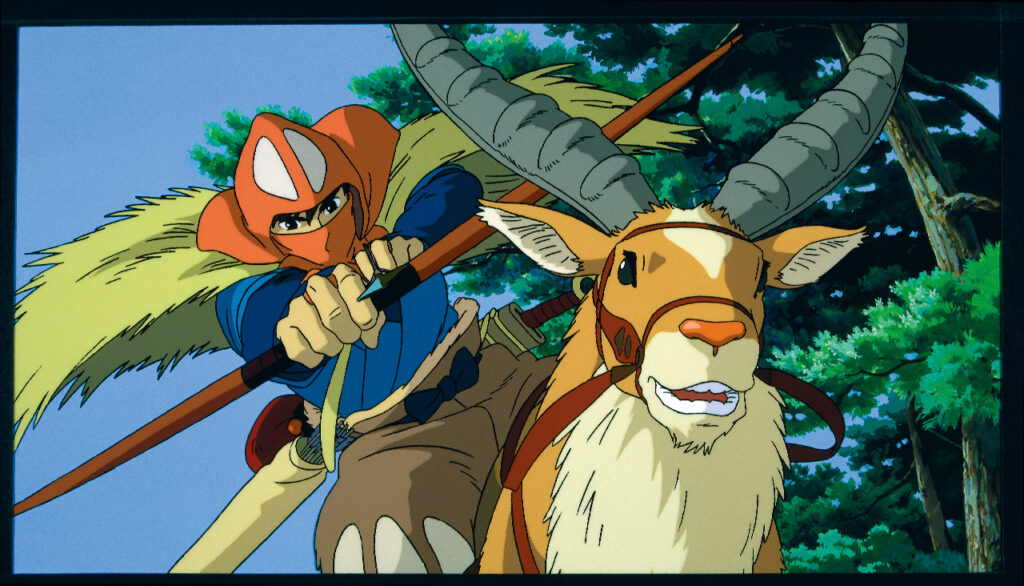
Accompanying Hayao Miyazaki will be a 256-page, richly illustrated catalog published by the Academy Museum and DelMonico Books and available when the museum opens on September 30, 2021. Along with unique Studio Ghibli merchandise for sale at the museum store.
For more information and to purchase tickets, please visit www.academymuseum.org.

